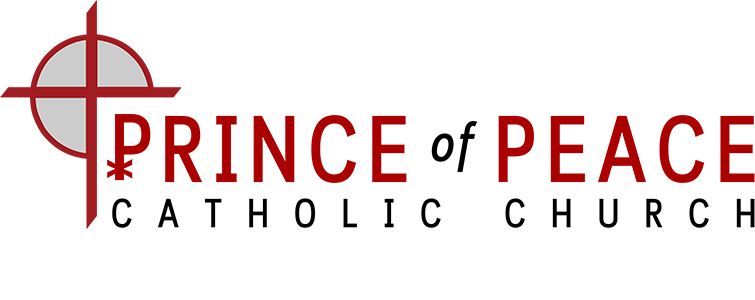“Rejoice in the Lord always; again, I say, rejoice! Indeed, the Lord is near.” This is the prayer of the entrance antiphon from today’s Mass.
The name of the third Sunday of Advent, “Gaudete Sunday”, is taken from that antiphon - the word, “Gaudete” is Latin for “Rejoice.” And Gaudete Sunday is a Church’s subtle reminder that Advent is supposed to include a certain “darkness” quality.
Throughout Advent, we wear violet vestments to remind us of the penitential aspect of Advent. But, did you know that before violet became the official color for Advent, black was actually worn for a few centuries in the Middle Ages during Advent? Black, the color associated with mourning, penance, and death. I’m not sure I would want to wear black, but it is a stark reminder that Advent is a season during which we reflect on our captivity – we need only to reconsider Father Greg’s homily last week – “Captured”.
But, on Gaudete Sunday, we “lighten up” and shift our focus from “Captured” to a heightened sense of joyous anticipation – the promise of a Redeemer. And how appropriate it is that our Kerygma homily series moves this week to the hope and joy of Fr. Andrew’s “Rescued” message!
We can perceive this shift towards the joyful expectation of the Lord’s coming in the visual clues offered during the Mass. An optional vestment color for Gaudete Sunday is rose – the color of joy! And on the third Sunday of Advent, we light the rose-colored candle of our Advent wreath, which is also rose-colored.
“Rejoice in the Lord always; again, I say, rejoice! Indeed, the Lord is near.”
Unfortunately, while Advent ought to include opportunities during our days for stillness and peace, many of us find ourselves running frantically from one event to another, needing to plan, shop, write, call, decorate and bake – and perhaps also pray.
And this leads me to Blessed Nicolas Steno, one of the leading anatomists in 17th century Europe and whose feast day we celebrate during Advent (December 5th).
Blessed Nicolas Steno was rising scientist in Italy who had great difficulty in focusing. He wanted nothing more than to focus on the study of medicine, but he kept getting distracted — and then hyper-focusing on some new discipline. In fact, this pattern has led some to suggest that Steno had ADHD, though of course he lived long before such a diagnosis would have been made
It drove him nuts, to the point that he wrote, “I pray God, that you take this plague from me and free my soul of all distraction, to work on one thing alone, and to make myself familiar with the tables of medicine alone.”
And God said no.
God could have taken away Steno’s distraction and hyperfocus. But if God had answered Steno’s prayer, Steno would never have devised the laws of stratigraphy that are still in use today. He wouldn’t have essentially invented geology or laid the groundwork for paleontology. He wouldn’t have developed the first law of crystallography.
And he wouldn’t have become a Catholic. He wouldn’t have become a priest. He wouldn’t have become a bishop. And he wouldn’t have been beatified.
Nicolas Steno is such a brilliant scientist that the NASA website has a 6-page biography about him — all because he was willing to trust God in the midst of all the distractions of his complicated life.
This Advent, it’s so important to make time for silence and stillness and deep prayer. But it’s also important to honor the actual life we have, and to praise God in the midst of the distractions and seek him in the frantic busyness.
During this Advent, know that you have a friend in Blessed Steno! And let us ask God to guide our overfull lives – and that He makes his presence known in the midst of it all – during moments of peace and prayer, but also in the chaos!
“Rejoice in the Lord always; again, I say, rejoice! Indeed, the Lord is near.”
- Deacon Mike
